Roofing Services in Goudhurst exist to protect your property’s value and comfort—offering vital defence against leaks, damp, and costly energy loss. Serving London, Kent, Surrey, West Sussex, and Berkshire, our roofing specialists deliver every project with full compliance, meticulous care, and long-term performance in mind.
Our trusted team draws on years of experience, holds accreditations from Which Trusted Trader and CITB, and works with leading suppliers such as Welsh Slate, ALM Lead, and Kemper. Book a free survey today and protect your property.

Neglecting a roof—even a loose tile or ageing felt—means risking leaks that cause damp, failing insulation with rising bills, and gradual structural issues. Delaying action escalates costs and complications on any property.

Professional Roofing Services in Goudhurst directly resolve these risks by improving weather protection, boosting energy performance, and ensuring compliance with building regulations. Homeowners gain peace of mind, landlords secure long-term value, and businesses achieve safe, efficient premises—proactive roofing care is always a sound investment.
Roofing Services in Goudhurst include installations, repairs, upgrades, and restorations—delivered for homes, commercial properties, and heritage buildings. Every solution prioritises long-term performance, compliance with UK Building Regulations, and premium materials from trusted suppliers. Each project is tailored precisely to your property, ensuring safety, durability, and attention to detail.
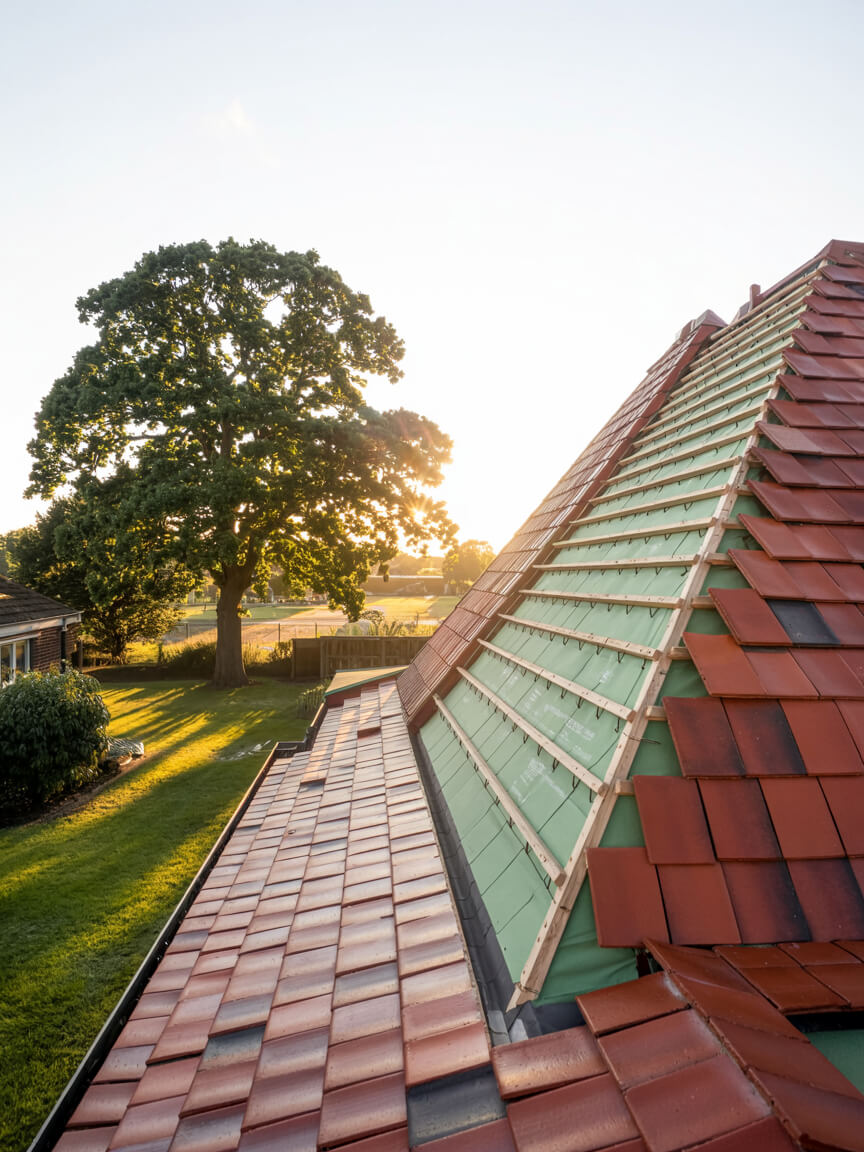
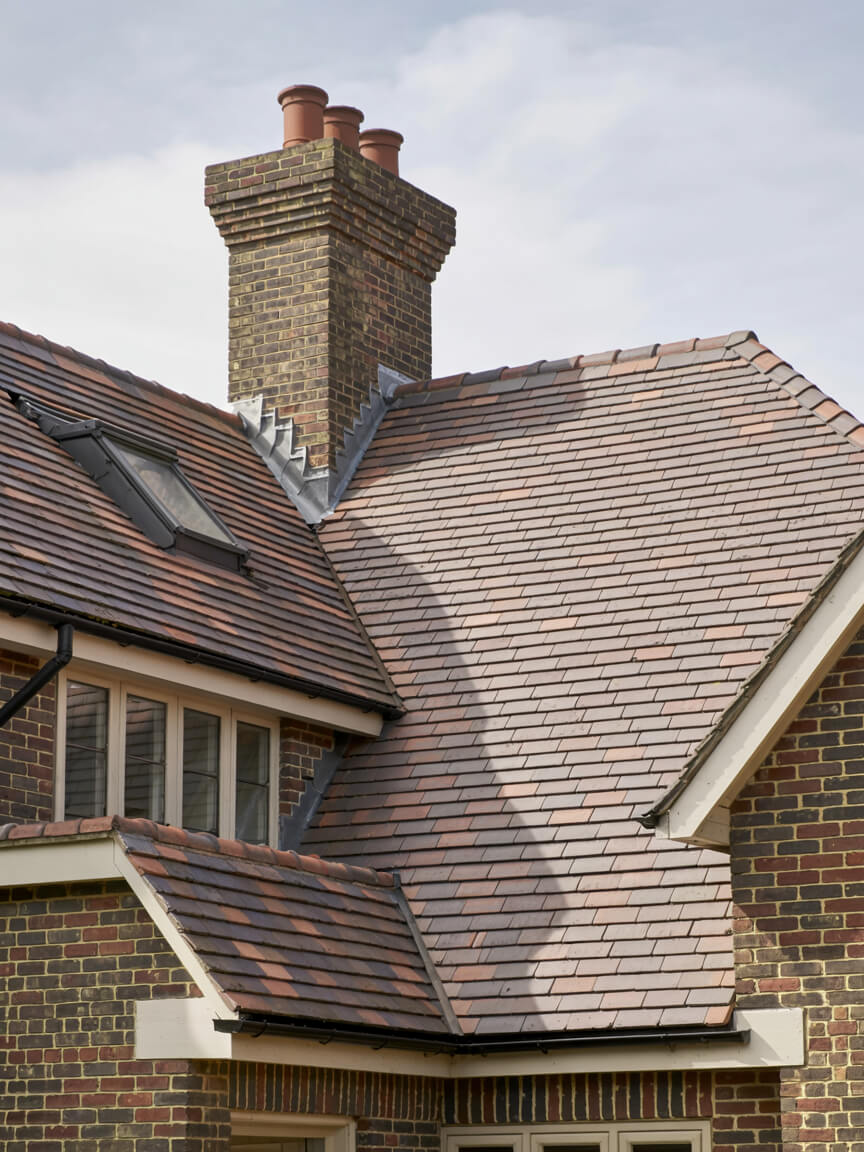
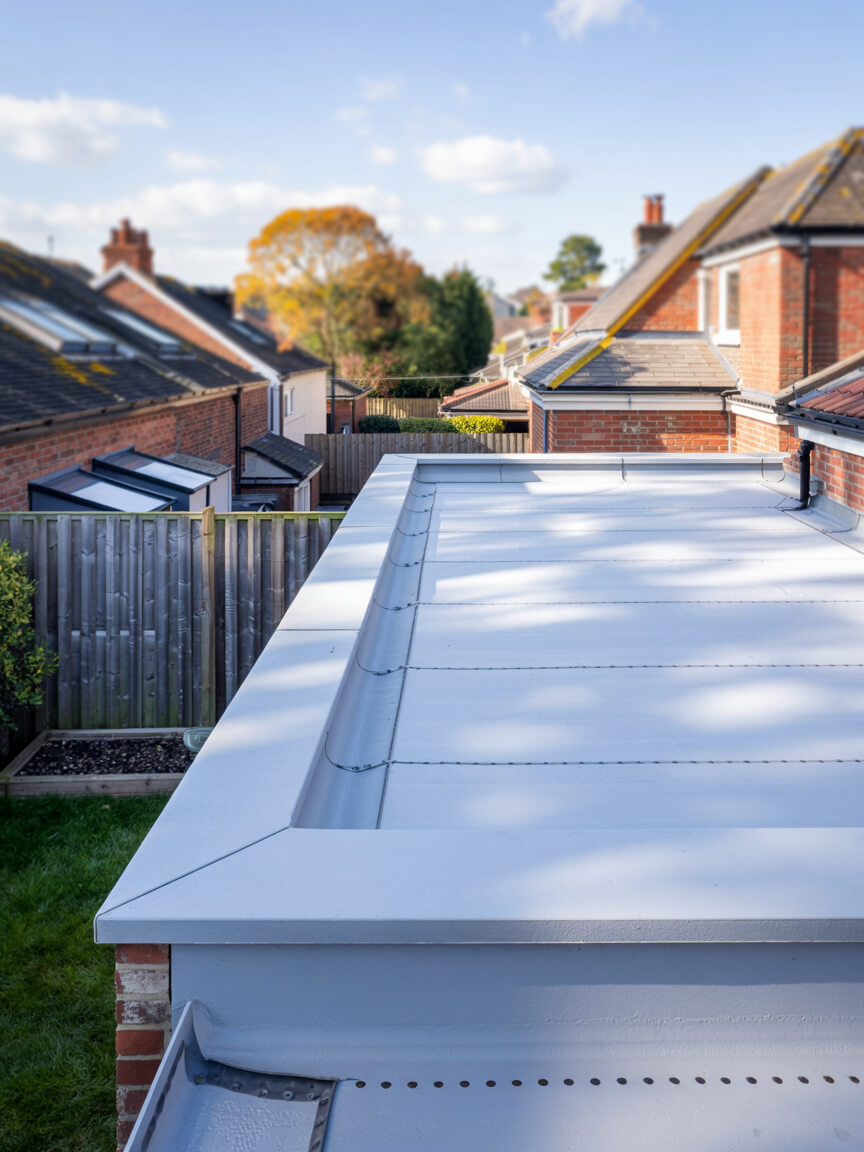
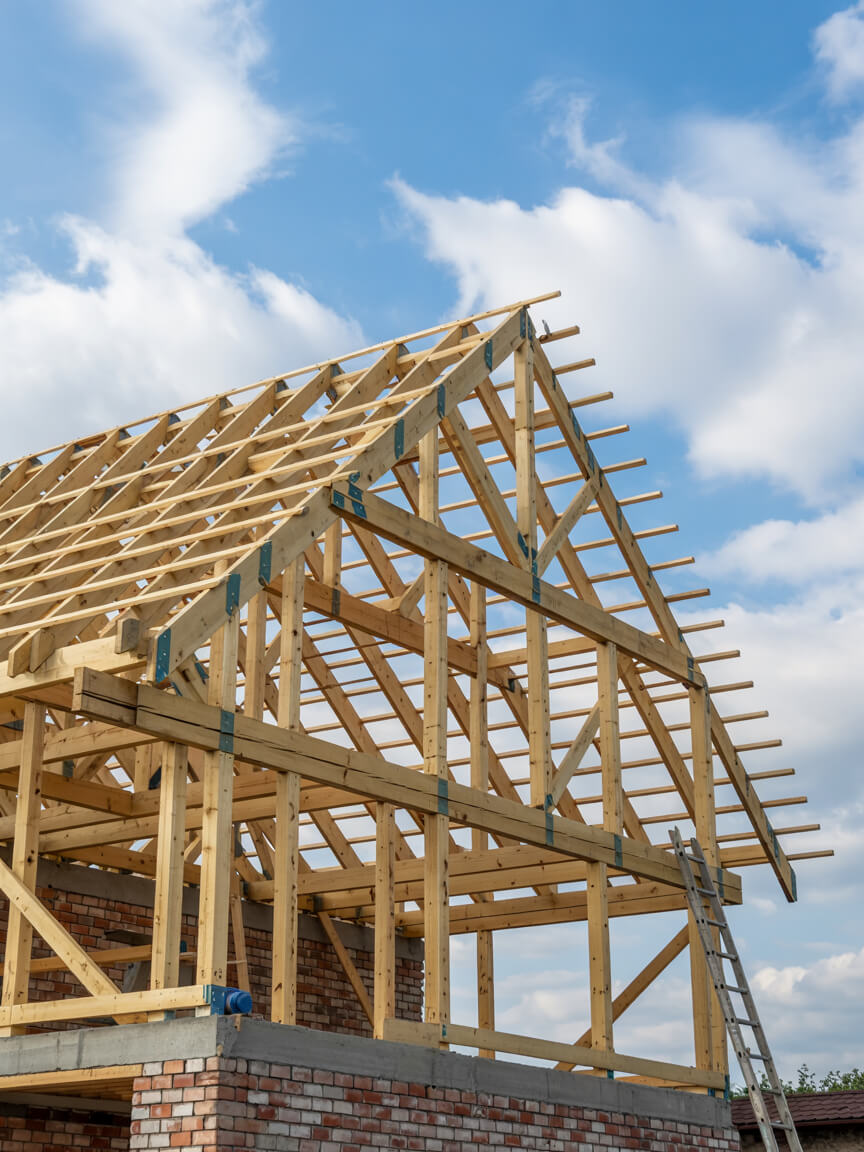
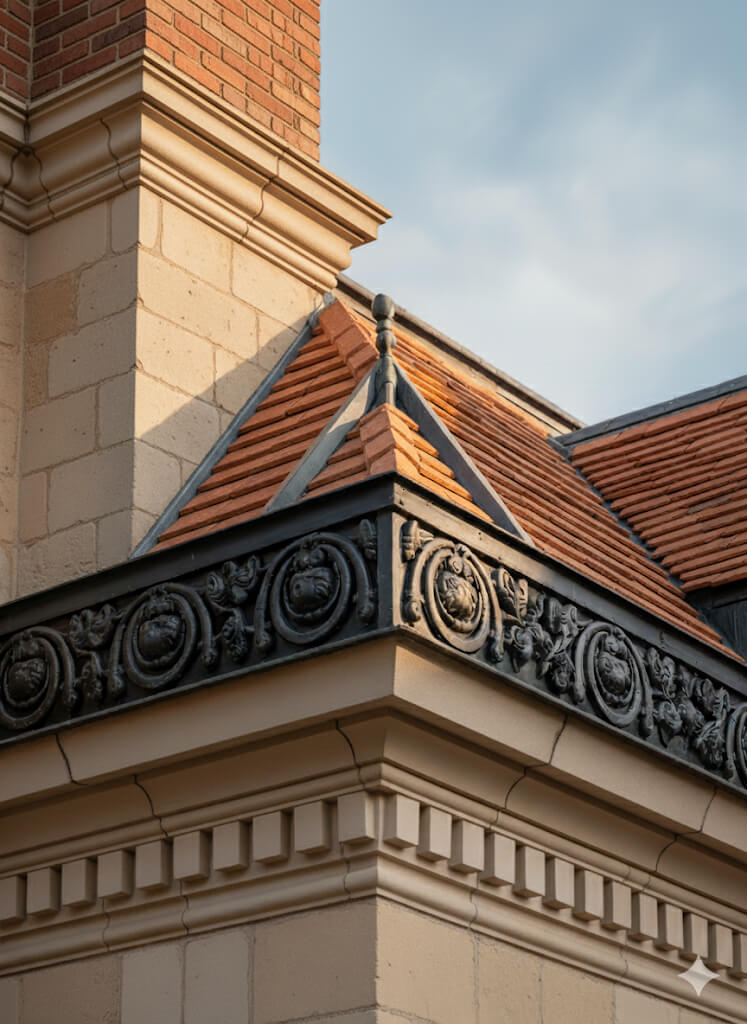
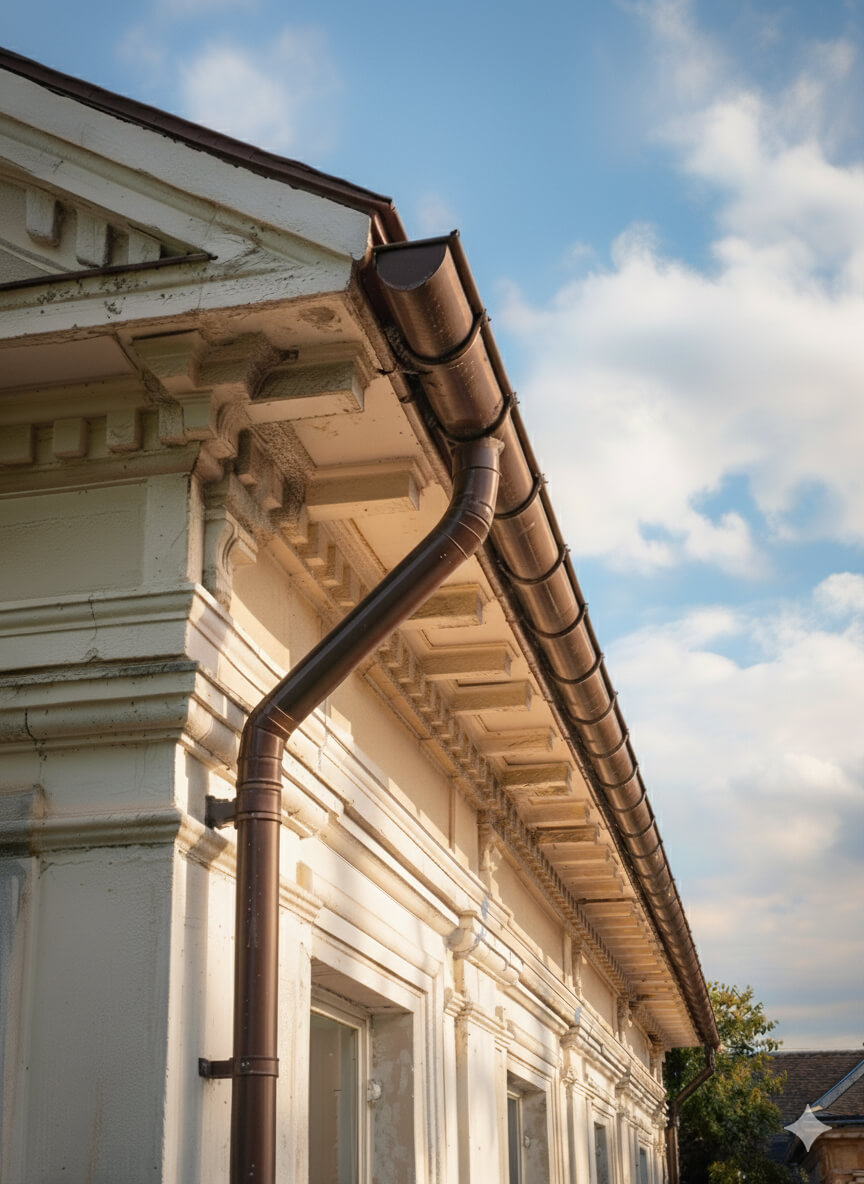

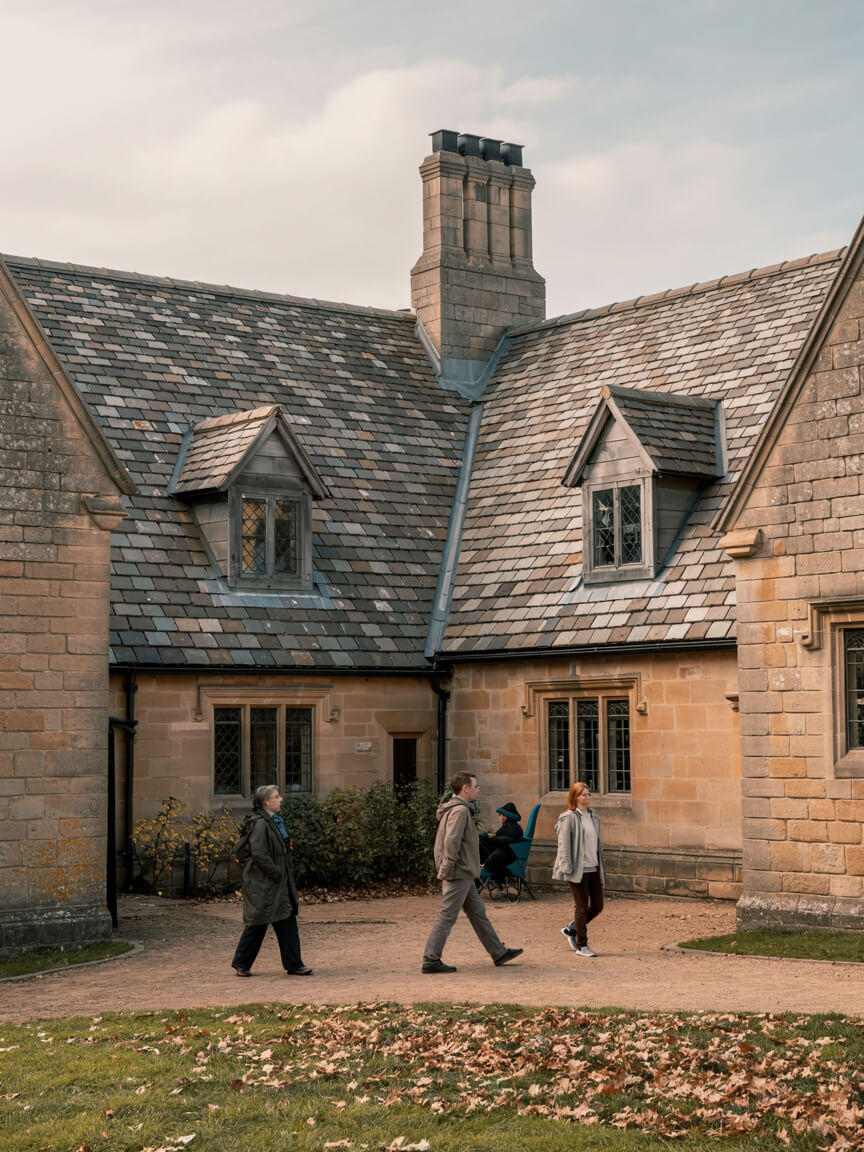
Every Roofing Services in Goudhurst project is adapted to property type, roof structure, and environmental demands. This tailored approach secures regulatory compliance, minimises disruption, and increases long-term value. Whether a home, business, industrial site, or heritage building, our flexible services ensure safety, efficiency, and reliability aligned to your needs.
Homes, extensions, and listed buildings.
Offices, retail, schools, and hospitality.
Warehouses, factories, and logistics sites.
Every Roofing Services in Goudhurst project follows proven steps with quality materials. Whether installing new, upgrading, or repairing, each layer adds strength, safety, and efficiency—safeguarding your property and exceeding regulatory standards.
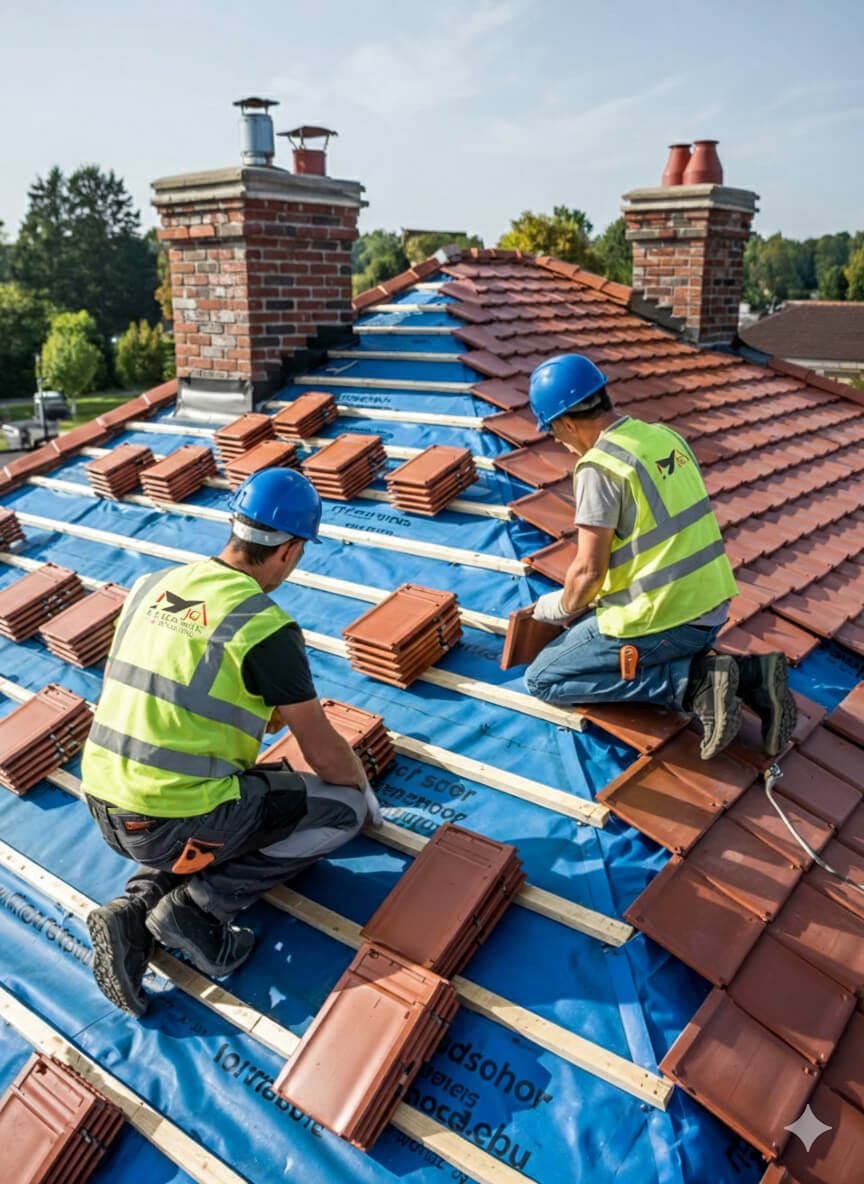
Get a free, no-obligation quote today.
Our experts are standing by to help you choose the perfect flat roofing solution.
⏱ Response within 24 hours guaranteed
Accredited by Which Trusted Trader, CITB, and approved by Kemper and Westwood, our team delivers safe, compliant, and warranty-protected Roofing Services in Goudhurst projects. These credentials mean guaranteed standards and long-term assurance—reinforced by the positive client reviews that consistently highlight quality, professionalism, and trust.


Complete reroofing. Living in Singapore at the time and T was super responsive and communicative.
Replacement of lead box gutter and new flashing to parapet wall. I had an excellent experience using James and the team. He was very prompt in all aspects of communication and completed a first class job. Really pleased.
James completed some repairs on our roof and replaced some of our pebble dash by the roof as well. He was very thorough and fixed everything. He kept us really informed by taking photos and showing us what he did and keeping us updated. It also went onto our neighbours roof and he did the same fo...
We had a leak in our bedroom and James fixed the roof for us to stop it from leaking. All the work came with a warranty. The work that was carried out was good. James and his team were polite, and did all the work quickly and without too much interruption to our day-to-day lives. Would recommend ...
J G Leadworks have repaired and replaced the roofs and gulleys over our warehouse and workshops which have meant both areas are now watertight
James and team were incredibly responsive to my request to look at a serious leak issue on my flat roof. They did a very thorough investigation and explained in detail the issue and gave a fair quote. They were quick to book in and complete the work and have checked in afterwards a few times to m...
James was quick to respond to the initial contact and was able to work around some time constraints I had. He explained what needed doing clearly and was happy to answer follow up questions. He took pictures to show each stage and I feel confident in the work that was done by James and the team. ...
JG Roofing were very easy to work with. Their quote was sensible and they stuck to that figure. They completed many repairs to my roof including, rebuilding a leaded gutter, reinforcing rotten rafters, rebuilding a long felted gutter and felting parapet walls, resurfacing and felting a flat roof,...
Planning and legal checks protect clients from costly errors, delays, and non-compliance, ensuring roofing projects meet regulatory and safety requirements.
Permission is typically required for listed properties, conservation areas, or major roof alterations. All projects must also satisfy Building Regulations, including Part A (structural safety) and Part L (energy efficiency), ensuring compliant and future-proofed installations.
Our team manages the full process, from initial surveys to legal guidance, preparing documentation, and liaising with local authorities where needed. Whether working on modern homes or heritage sites, we ensure every project is delivered legally, safely, and with minimal disruption—providing complete reassurance and peace of mind to property owners.

Every project unites skilled workmanship with rigorously tested materials.
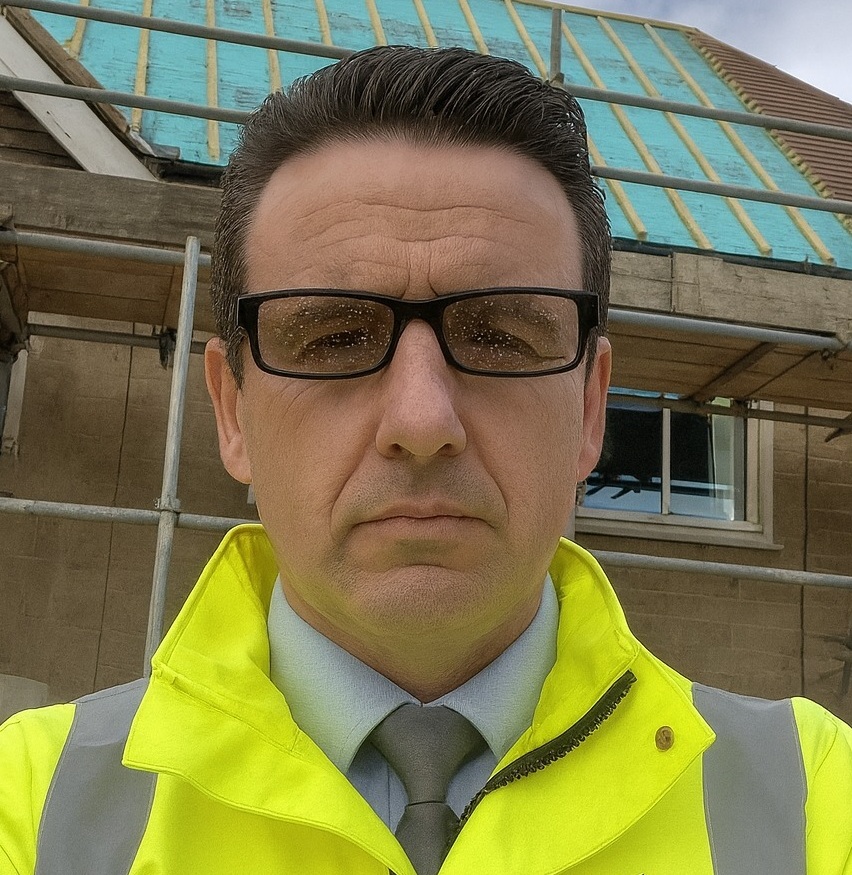
With 25 years of experience in lead sheet roofing, James is a trusted expert in heritage roofing, slate, and tiling. His knowledge of traditional methods, paired with modern compliance, makes him a go-to specialist for projects that demand both craftsmanship and durability.
Roofing Services in Goudhurst provides lasting protection, efficiency, and value, delivering durable, compliant roofing solutions that safeguard every type of property investment.
Selecting Roofing Services in Goudhurst involves balancing durability, budget, compliance, and aesthetics to secure the best-fit roofing solution for your property.
Why Clients Choose JG Leadwork and Roofing
With decades of trade experience, our teams understand the unique demands of London and Home Counties roofing. From heritage-listed properties to contemporary extensions, we adapt solutions to local regulations, weather conditions, and architectural styles with precision.
Accredited by Which Trusted Trader, CITB, and approved by Kemper, Westwood, IKO, ALM, and other leading suppliers.
These credentials guarantee safety, compliance, and access to manufacturer-backed warranties, giving clients peace of mind that their project meets the highest professional standards and benefits from warranty protection.
Our heritage projects use Welsh Slate and handmade clay tiles for authenticity, while leadwork is delivered to Lead Sheet Association (LSA) standards. Commercial installations employ Kemper and Westwood liquid systems for durability and efficiency. Each example demonstrates our reliability, blending traditional craftsmanship with modern performance.
Our workforce includes skilled roofers, heritage specialists, and safety-certified installers.
Every roofer holds NVQs, receives ongoing CPD training, and is qualified in both modern flat systems and traditional techniques, including slate and leadwork.
Team structure ensures projects run smoothly—surveyors identify needs, installers deliver with precision, and supervisors oversee compliance. This approach minimises disruption, accelerates timelines, and guarantees consistent quality across residential, commercial, and industrial roofing projects.
Every project is regulation-compliant, warranty-backed, and focused on long-term results.
Client testimonials and case studies confirm our track record, with projects praised for professionalism, durability, and customer support.
We go beyond installation with aftercare packages, maintenance support, and open communication at every stage. Property owners gain reassurance that JG Leadwork and Roofing stands behind its work. Book a free survey today and discover why homeowners, landlords, and businesses trust us with their roofing.

Get a free quote, rapid response, and expert service across London and the Home Counties. Contacting JG Leadwork and Roofing is your simple first step to dependable roofing solutions.
We source materials from leading suppliers including Supreme and IKO felt systems, Kemper, Westwood and Proteus liquid systems, Welsh Slate, handmade clay tiles, ALM Lead Mills, and Nicholson Air Track. These trusted brands guarantee durability, compliance, and warranty-backed performance across flat, pitched, heritage, and commercial roofing projects.
.
.
For homes, Roofing Services in Goudhurst safeguards comfort and enhances kerb appeal with durable, energy-efficient systems. Whether modern extensions or traditional pitched roofs, tailored solutions improve living standards and protect property value.
For businesses, Roofing Services in Goudhurst delivers cost-effective, large-scale installations with minimal disruption. Projects are planned around operations, with safety compliance, energy performance, and flexible scheduling built in—supporting offices, retail, schools, and industrial facilities with reliable, regulation-ready outcomes.
For heritage properties, Roofing Services in Goudhurst combines authentic materials such as Welsh slate, handmade clay tiles, and ALM lead with skilled conservation techniques. Listed building consent and conservation requirements are fully managed, ensuring traditional character is preserved while integrating modern weatherproofing. This careful balance provides long-term durability without compromising historic integrity or aesthetic value.
JG Leadwork and Roofing delivers Roofing Services in Goudhurst across housing, commercial, heritage, and public sectors. Every industry comes with unique requirements, from safety and compliance to efficiency and conservation. Our adaptability ensures projects are delivered with precision and professionalism—whether safeguarding homes, supporting business continuity, preserving history, or protecting critical public and healthcare facilities.
Durable roofing installed with minimal disruption, ensuring safe, regulation-compliant workspaces for staff and visitors.
High-standard, compliance-focused solutions protect community facilities while meeting strict safety and regulatory obligations.
Heavy-duty roofing tailored for wide spans, ventilation, and long-term maintenance efficiency.
Authentic materials and sensitive methods preserve historic character while adding modern protection.
Weatherproof systems that enhance kerb appeal and guarantee uninterrupted trading for outlets.
Tailored roofing improves guest comfort, safety, and ambience across hotels, restaurants, and venues.
Safe, durable systems designed for schools and universities with minimal learning disruption.
Specialist roofing solutions built for hygiene, safety, and regulatory compliance in medical environments.
Our team of NVQ-qualified roofers, LSTA-trained specialists, and health & safety-compliant professionals bring decades of combined experience. Every project is delivered with meticulous attention to detail, ensuring safe practices and consistent quality across flat, pitched, heritage, and commercial roofing disciplines.
Expertise includes heritage leadwork, slate and tile roofing, modern flat systems, and drone-assisted roof surveys. Ongoing CPD training ensures adaptability to both traditional craftsmanship and the latest innovations—giving clients confidence that every roof is built or repaired with proven skill and care.

A thorough survey highlights existing issues, structural considerations, and upgrade opportunities, ensuring the best-fit solution is identified from the very beginning.
Transparent, itemised quotes detail costs, timelines, and materials—giving you complete clarity and confidence before work starts, with no hidden surprises.
Scaffolding, access solutions, and robust safety measures are put in place to safeguard both property and people throughout the project.
Skilled roofers complete the work using accredited materials and proven techniques, delivering durable, compliant results while keeping disruption to a minimum—whether for repairs, replacements, or new installations.
Each stage is inspected against manufacturer standards and Building Regulations, with photographic documentation provided for transparency and peace of mind.
Each stage is inspected against manufacturer standards and Building Regulations, with photographic documentation provided for transparency and peace of mind.
In a competitive roofing market, many providers look the same on paper. JG Leadwork and Roofing stands out through proven expertise, accredited methods, and specialist techniques. Our combination of traditional craftsmanship and modern technology makes us the safer, smarter choice across residential, commercial, industrial, and heritage projects.
In a competitive roofing market, many providers look the same on paper. JG Leadwork and Roofing stands out through proven expertise, accredited methods, and specialist techniques. Our combination of traditional craftsmanship and modern technology makes us the safer, smarter choice across residential, commercial, industrial, and heritage projects.

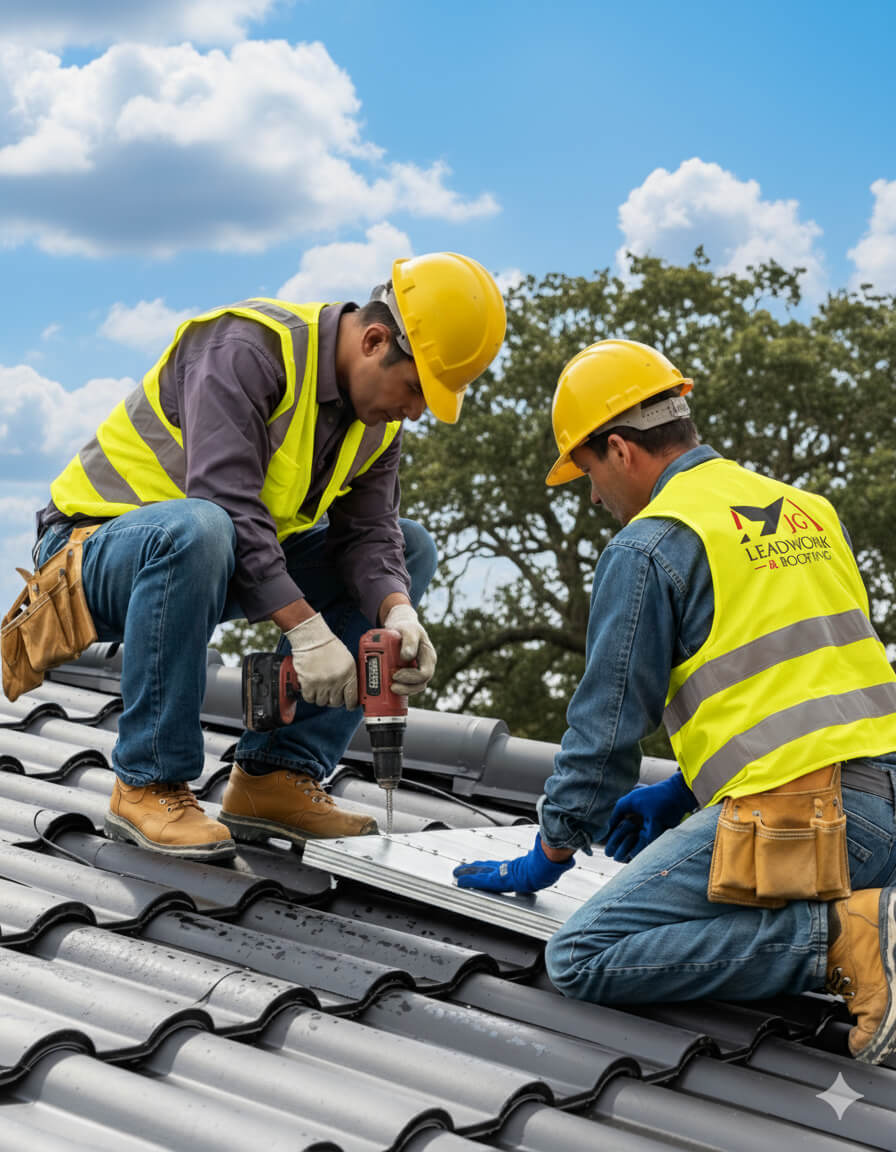
At JG Leadwork and Roofing, every project follows a structured QA process. Each stage—materials, installation, safety, and final sign-off—is measured against manufacturer specifications and UK Building Regulations to ensure durability, compliance, and warranty-backed performance across all roofing services.
Projects are only signed off once all QA checks are complete, giving clients confidence in long-term performance, structural safety, and insurance-backed peace of mind.
Every Roofing Services in Goudhurst project by JG Leadwork and Roofing is delivered in strict alignment with UK Building Regulations and recognised frameworks. This ensures structural safety, energy efficiency, durability, and protects warranties and insurance coverage across residential, commercial, industrial, and heritage properties.
Clients can be confident their project is completed legally, safely, and insurance-ready—delivering long-term performance, compliance assurance, and complete peace of mind.
Property owners often wonder about Roofing Services in Goudhurst—from costs and timescales to permissions. Below, you’ll find straightforward, trustworthy answers to the most frequent and practical queries.
Heavy rain remains a leading cause of roof leaks in the UK, with Goudhurst’s weather—marked by persistent rainfall and freeze–thaw cycles—quickly revealing roofing weaknesses. Roof leaks can threaten your property’s structure, damage insulation and finishes, and even create electrical hazards. Knowing the main root causes helps you prevent problems and react quickly when symptoms appear.
On pitched roofs, tiles or slates are designed to shed water. As years pass, the underlay membrane (the protective layer below tiles) can weaken due to age, accidental puncture, or “wind uplift” from strong gusts. Broken, slipped, or cracked tiles create obvious entry points for rain. If the membrane is compromised, water may bypass the surface and begin trickling into your loft, often appearing later as ceiling or wall stains indoors. Freeze–thaw cycles expand cracks by turning trapped water into ice, worsening gaps over time. On flat roofs, failed seams or blisters in waterproof membranes (such as felt, EPDM, or GRP) let rain penetrate past initial defences. Early warning signs include missing tiles, curled felt edges, or damp spots indoors after wet weather.
A frequent but less visible issue is flashing failure—often where roofs meet chimneys, skylights, walls, or valleys. Flashing is usually a metal (lead or aluminium) strip that stops water in these junctions. Over time, flashing may split, loosen from its fixing, or fail at the seal due to movement or repeated temperature change. These small gaps allow capillary action—where water travels through tiny cracks—into the roof, soaking timbers and packing insulation. Signs of trouble include musty odours, localised paint peeling, or green/white marks (efflorescence) near roof joints. If ignored, this invites timber rot or masonry decay, especially in older properties.
Flat roofs can suffer from ponding—standing water that lingers for over 48 hours, typically caused by poor drainage falls or blocked gutters. Prolonged saturation speeds up membrane breakdown, especially in roof dips deeper than 10–12 mm. In both flat and pitched constructions, insufficient ventilation or insulation leads to interstitial condensation (moisture trapped inside the roof build-up rather than visible leaks). This can leave insulation sodden and promote hidden timber decay and mould. Modern UK Building Regulations (Part L) require set insulation types, vapour barriers, and ventilation measures to limit these risks. Telltale signs include water pooling after heavy rain, moss or algae growth on flat surfaces, or ongoing loft condensation during dry spells.
Pinpointing leaks takes methodical inspection and the right tools. Visual checks mean hunting for slipped tiles, cracked mortar, or exposed flashing. Indoors, surveyors use moisture metres to probe for damp in ceilings, lofts, and timbers. Core samples on flat roofs can expose hidden wetness below membranes, while drone or elevated camera surveys safely spot surface issues or standing water. For complex situations, a borescope (a small camera on a flexible tube) reveals concealed rot deep in the roof space.
| Root Cause | Visible Symptom | Risk if Ignored | Indicative Remedy |
|---|---|---|---|
| Broken tile/membrane | Ceiling stains, damp spots | Timber rot, active leak | Replace tile/underlay |
| Failed flashing | Damp by junctions | Structural decay | Reset or renew flashing |
| Ponding water | Moss, standing puddles | Membrane failure | Improve falls/gutter outlets |
| Condensation issue | Loft mould, wet insulation | Decayed insulation | Upgrade insulation/vent |
Routine inspections before and after winter in Goudhurst’s climate are essential—intervening early can prevent minor roof faults from escalating into major structural damage.
The cost of installing slate or tile roofing in Goudhurst is influenced by the base price and availability of materials, the labour required, building regulation compliance, and the specific requirements of your property. Understanding these factors can help property owners, managers, and developers anticipate both initial outlay and long-term upkeep—while avoiding surprises during planning and inspection. Below you’ll find a structured guide highlighting the key decision points.
Slate is a quarried natural stone (often from Wales or Spain) and generally costs more per square metre than standard concrete or clay tiles. This premium reflects slate’s durability (often over 80 years), low water absorption, and distinctive appearance. However, transport costs and limited supply can further increase the price. Tiles, which are mass-produced (either concrete or clay), are usually less expensive per unit and widely available. They typically offer a lifespan of 40–60 years depending on material and quality. Choosing slate may mean a higher upfront cost, but can lead to fewer replacements over the building’s life.
Roofing projects in the UK must comply with BS 5534—the code for slating and tiling—which governs underlay, batten spacing, fixing type, and wind resistance. Slate is heavier than most tiles, sometimes requiring additional roof structure or reinforcing to meet these standards, which adds cost to both materials and labour. All re-roofing must also meet Part L of the Building Regulations, which addresses energy efficiency. This means adding insulation to achieve a compliant U-value (a measure of heat loss), which can affect installation methods for both materials. Tiles might allow for simpler insulation upgrades, while slate roofs may need specialist approaches for ventilation and insulation.
Goudhurst and the wider Kent region feature conservation areas and listed properties. If your building sits within a conservation zone or is Grade II listed, heritage requirements can influence both material choice and installation method. Planners often insist on matching traditional styles—such as real Welsh or reclaimed slate—which commands a higher price compared to modern alternatives. In locations without these restrictions, concrete or clay tiles are more commonly permitted and may reduce upfront installation costs. Furthermore, local market forces—such as higher labour rates in the South East and the impact of severe weather on structural detailing—can shift the true cost of either option.
A table can help clarify the key differences and considerations:
| Factor | Slate | Tile | Why it Matters |
|---|---|---|---|
| **Material Cost (per m²)** | £40–£70 | £20–£40 | Sets your initial budget |
| **Labour Intensity** | High (specialist skills needed) | Moderate (quicker to fit) | Affects total project cost |
| **Lifespan** | 80–100+ years | 40–60 years | Longer lifespan reduces future spend |
| **Structural Support Needed** | Often extra (heavier) | Less (lighter) | May alter roof design or cost |
| **Heritage/Planning Requirements** | Often required in conservation | More flexible in most settings | Impacts eligibility, permission |
| **Maintenance Level** | Low (few repairs needed) | Moderate (depends on tile type) | Drives long-term upkeep burden |
When weighing options, look beyond material quotes—factor in your property’s planning status, building regulation needs (especially BS 5534 and Part L requirements for wind resistance and insulation), expected lifespan, and likely maintenance. For heritage or conservation properties, always confirm the required material with local planning authorities before work begins.
For properties in Goudhurst, roof installation times vary with roof size, complexity, weather, and building type. Most residential re-roofing jobs with straightforward access are finished in 3 to 7 working days. Larger commercial buildings, historic properties, or projects requiring structural alteration can take considerably longer. Planning these schedules is essential—not just for managing costs, but for keeping the property secure and minimising disruption. Factors such as material availability and required inspections, especially for listed buildings, can add further time.
Even the most robust plan can be delayed by a single downpour or a missing ridge tile.
A standard pitched roof using tile or slate on an average detached house generally takes 5 to 10 working days—this covers scaffolding, stripping and preparing the old roof, any needed structural repairs, underlay and batten work, installing new coverings, and detailing like hips and ridges. Flat roofs (such as EPDM rubber, torch-on felt, or liquid systems) or extensive commercial premises may take one to four weeks, depending on their size and technical complexity. Work on heritage buildings often takes longer due to custom leadwork, the need for traditional methods, or the involvement of conservation officers. Emergency “make-safe” repairs—like stopping an active leak—are typically dealt with rapidly, but full replacements follow the usual timelines.
Duration isn’t dictated by roof size alone. Steep or irregular roof shapes often increase the amount of labour needed. Restricted access—due to limited space or proximity to roads—adds time for erecting scaffolding, moving materials, and final clearing. In older or protected buildings, extra precautions avoid damaging fragile features, and certain jobs must be handled by vetted specialists. Weather in Goudhurst plays a significant role: rain, wind, or winter temperatures regularly interrupt progress, particularly with wet-applied systems. Roofing teams often pace work more slowly when storms are forecast, and curing times for products like liquid waterproofing can extend sharply in cold months.
Weather rarely asks permission when your roof is exposed.
Regular maintenance reduces the risk of costly disruption. Residential roofs should be professionally inspected at least once a year—ideally after autumn, when moss and leaves have accumulated. Flat roofing requires checks twice a year, especially at drains and felt overlaps. Heritage properties benefit from a professional survey every 3–5 years, in addition to routine walkabouts to spot obvious defects. Maintenance tasks include removing debris, ensuring gutters and outlets are clear, and fixing or replacing cracked tiles and slates. Small jobs like patching felt or resealing flashings prevent bigger repairs later. New installations may require annual checks to maintain warranty coverage.
Roof longevity depends on chosen materials and ongoing maintenance. Below is an overview for common UK roof types:
| Material | Expected Lifespan | Inspection Frequency | Key Maintenance |
|---|---|---|---|
| Slate | 80–100 years | Every 5 years | Replace broken slates |
| Tile | 50–70 years | Every 2–3 years | Remove moss, replace tiles |
| Felt | 10–20 years | Every 2 years | Patch splits, check laps |
| EPDM Rubber | 25–40 years | Every 2 years | Reseal, clear outlets |
| Liquid System | 25–40 years | Every 3 years | Recoat, check flashings |
| Lead | 70–100 years | Every 5 years | Refix flashings, inspect |
Durability comes from quality materials, skilled installation, regular checks, and early repair. Focus attention on thermal expansion joints and flashings, since minor failures here can let water in. Heritage roofs warrant assessment by experienced professionals to preserve both water-tightness and historical authenticity.
A little attention each year is the difference between a roof that protects for decades and one that quietly fails.
When investing in roofing services, every property owner in Goudhurst faces a pivotal trifecta: cost clarity, warranty reassurance, and verified installer trust. Roof work isn’t just another improvement—your choice influences financial predictability, property value, and real-world durability for years to come. Understanding the drivers behind costs, the nuts and bolts of warranties, and how installer credentials shape your long-term risk profile empowers you to make decisions that protect both your wallet and your peace of mind.
Several critical variables determine what you’ll actually pay for repair or replacement. Labour and material costs can scale sharply based on your roof’s pitch, access restrictions, chosen finish (such as tile, slate, or membrane), and the overall structure. For small, localised repairs like slipped tiles or spot leadwork, expect costs between £250 and £1,200, largely driven by the extent of water damage and whether specialist access is needed. Full roof replacements involve far more: scaffolding, structural repairs, full insulation upgrades, and high-grade weatherproofing. On average, a new pitched roof for a typical detached house may range from £5,000 to £15,000+—with larger, complex, or heritage properties (with intricate leadwork or restoration) often exceeding that range for premium or conservation-compliant finishes.
| Service Type | Typical Range (UK) | Key Influences |
|---|---|---|
| Roof Repair | £250 – £1,200 | Damage type, access, materials |
| Roof Replacement | £5,000 – £15,000+ | Size, structure, insulation, finish |
A careful, line-by-line quote should outline all major elements—including the cost of safe disposal, moisture and ventilation upgrades, and recommendations that future-proof your roof against regional weather risks.
A reputable roofing project should come with a rock-solid insurance-backed warranty—usually lasting 10 to 20 years. This warranty typically covers both materials (such as tiles, membranes, or leadwork) and workmanship (the installation, detailing, and structural integrity of the new roof). Some warranties even extend to structural repairs when specified upfront. Why is this non-negotiable? Warranties not only protect against hidden material defects or premature failures but also help fulfil Part L compliance, a regulatory essential for selling, remortgaging, or insuring your property. When work is certified and warrantied, you gain documented proof that your roof meets thermal and structural standards demanded by insurers and local councils—fending off future headaches during property sales or insurance renewals.
How do you know your roofing contractor is credible? Look for evidence such as NVQ qualifications in roofing, CITB training records, public reviews from established directories, and active listings in frameworks like Which Trusted Trader or membership in the CompetentRoofer Scheme. These accreditations signal more than paper compliance—they indicate a rigorous, ongoing commitment to quality control, health and safety, and legal compliance with Building Regulations such as BS5534. An accredited installer is also uniquely positioned to offer manufacturer-backed guarantees, unlocking additional coverage that unregistered operators simply cannot provide. Ultimately, rigorous training and certification minimise the chance of costly errors and ensure your investment translates into lasting protection.
Trying to save money by skipping essential steps—such as re-roofing over decayed timber, ignoring the need for new ventilation routes, or declining full insulation upgrades—usually backfires. Shortcuts often result in undetected structural decay, persistent condensation issues, and fast-tracked weather damage. Even worse, if a claim is ever made for storm or water ingress, insurers may refuse cover if the work lacks a recognised insurance-backed warranty or wasn’t signed off by a Part L-compliant contractor. Initial savings may lead to far higher future costs, including full roof strip-outs, timber replacement, or expensive retrofits. Prioritising up-front rigour and credentialed expertise always costs less than remediating preventable errors.